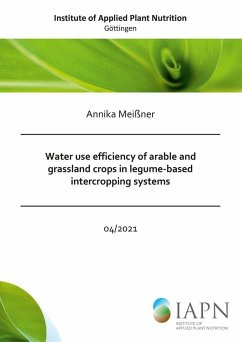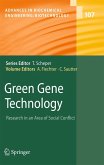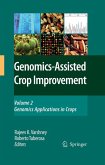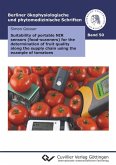Legume-based intercropping systems have the potential for a more efficient use of water resources. This depends on various factors such as environmental conditions and genotypic characteristics. Therefore, several genotypes of legumes and non-legumes of arable, grassland and woody crops were tested comparing intercropping and pure stands under both greenhouse and field conditions. Greenhouse experiments with winter faba bean and winter wheat under water deficit revealed genotypic differences in the suitability for intercropping as well as effects on the microbial community. Field experiments with direct and remote measurements showed that including legumes in arable and grassland low-input systems improves water use efficiency and productivity in comparison to pure non-legumes. The grassland mixing partners perennial ryegrass and chicory had additional effects. Furthermore, arable intercropping reduced nitrous oxide emissions compared to fertilized wheat stands. From the consolidated results, some winter faba bean and white clover genotypes could be identified for further breeding for intercropping systems. In summary, intercropping with legumes improves the water use efficiency and the general performance and sustainability of the agro-ecosystem.
Dieser Download kann aus rechtlichen Gründen nur mit Rechnungsadresse in A, B, BG, CY, CZ, D, DK, EW, E, FIN, F, GR, HR, H, IRL, I, LT, L, LR, M, NL, PL, P, R, S, SLO, SK ausgeliefert werden.









